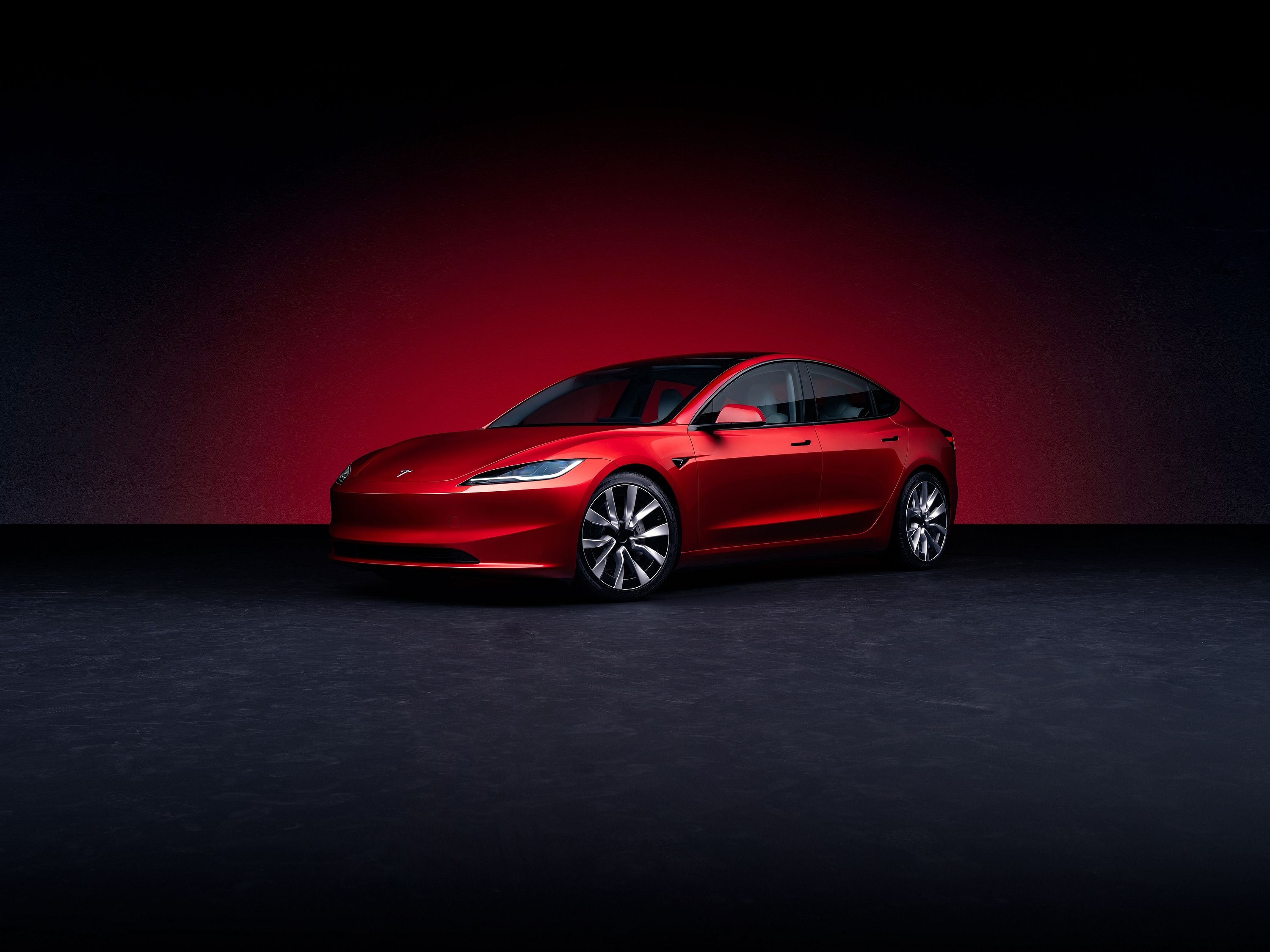
Battery-electric and plug-in hybrid vehicles are no longer a niche segment. The latter hasn't been for a few years and the coronavirus pandemic has increased the development and launch rate of the former. Governments throughout the world have been announcing end dates for sales of internal combustion vehicles and automakers are eager to join the EV bandwagon. But already EVs and PHEVs are making a sales impact, specifically in Europe.
Reuters reports that one in every nine new cars sold in that continent last year was one of the two powertrain types. This resulted in a 12 percent decrease in average C02 emissions in 2020 when compared to the year prior.
That was the biggest annual emissions drop in vehicles sold since the EU introduced its first passenger car C02 standards in 2010. A total of 11.6 million new cars were registered in Europe (including the UK, Norway, and Iceland) and 11 percent were either an EV or PHEV. In 2019, that number was only 3.5 percent.
A contributing factor to the electrified vehicle increase were EV tax subsidies two of Europe's biggest economies, France and Germany, added to their Covid economic aid packages. Consumers opted to take full advantage. Currently, Europe's best-selling pure battery-electric model is the Renault Zoe, a cheap EV that isn't sold in the US.
Coming in second place is the Tesla Model 3 followed by the now-discontinued VW e-Golf. The ID.3 has since taken its place in the lineup. The best-selling plug-in hybrid in that market is the Mitsubishi Outlander PHEV and the Ford Kuga PHEV (aka the Escape PHEV) also remains immensely popular. European environmental groups are certainly pleased by these findings but they're showing no signs of letting up. In fact, they're doubling down.
One group, called Transport & Environment, is urging EU leadership to outright ban sales of new gasoline and diesel passenger vehicles by 2035. Why 2035? Because the average new car is on the road for 10-15 years and the EU has a long-term goal to have net zero emissions by 2050.
